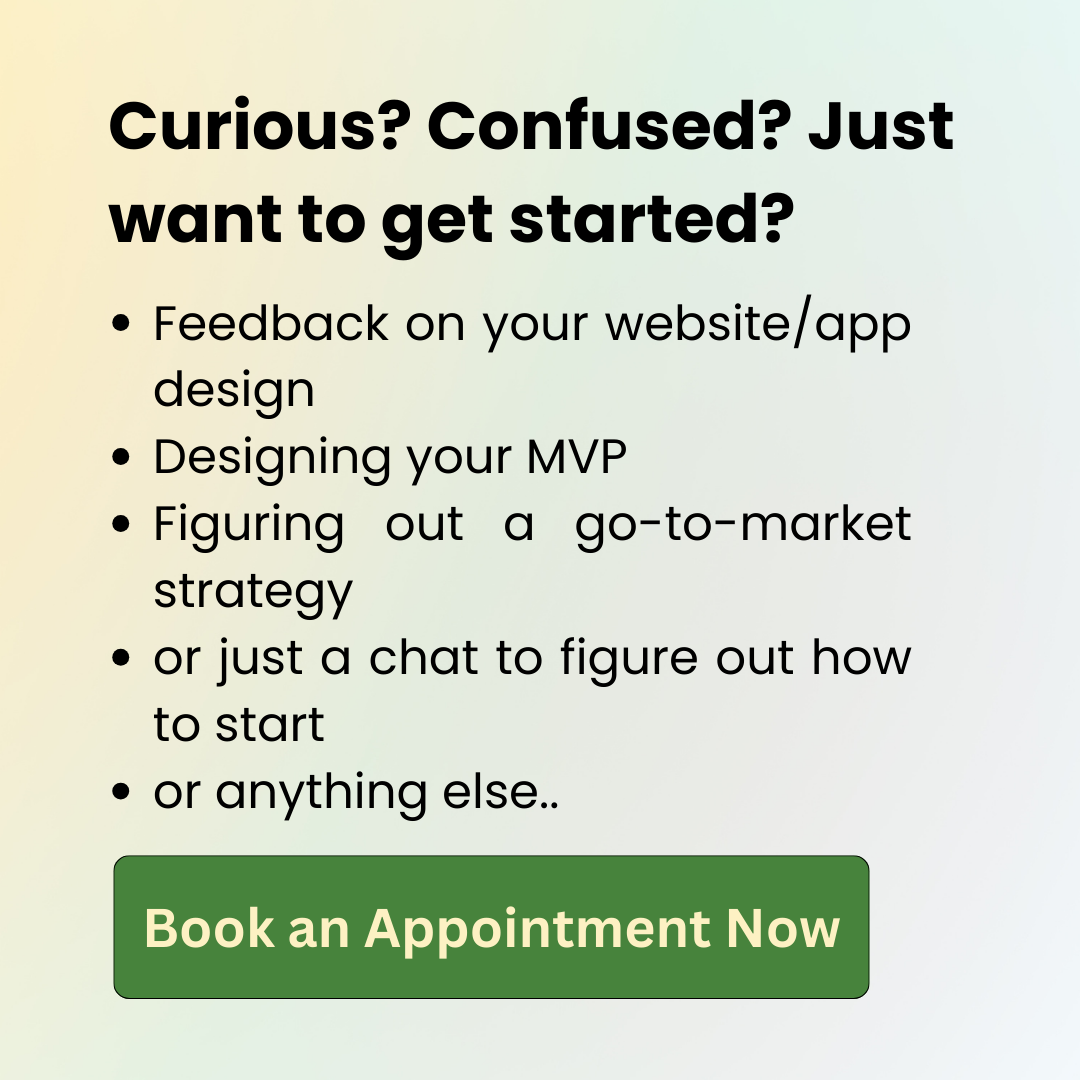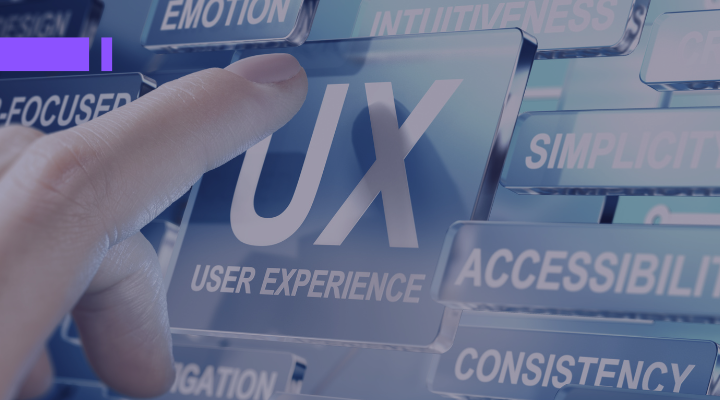The world of design, particularly user experience (UX) design, has long recognized the power of data to inform and refine its practices. However, the connection between data and UX is not a one-way street.
Data undeniably influences UX – think data-driven UX Design. However, UX design also plays a crucial role in shaping and informing the data itself – think UX-driven data insights.
In this blog, we will explore both these themes. We will discuss how way data informed UX can make user interactions usable, accessible, and intuitive. Also, we will see how UX design can improve and clarify the way we collect, treat and view data.
Table of Contents
Data and UX: A Symbiotic Relationship
UX design and data are like a chef and sous chef, working in a mutually beneficial dance.
Data insights about user needs and preferences are “ingredients” which UX designers leverage to create user-centric experiences. The data-informed UX is not only visually appealing but also functional, and intuitive.
Similarly, data analysts benefit from UX design. User-friendly interfaces enable accurate data collection, clear visualizations for exploration, and engaging storytelling for better decision-making.
This symbiotic relationship between data and UX is key to creating successful and user-centric products.
Data-Driven UX Design – What, How, Why
In the realm of UX design, data is a compass that guides informed design decisions by providing insights into user needs, preferences, and behaviors.
Here are 4 key ways you can leverage data to build better data-driven UX:

1. Unveiling User Needs and Behaviors
Website analytics, user surveys, user interviews, and other such techniques provide designers crucial insights into user needs, preferences, and pain points. This data-informed UX approach helps them to create interfaces that address user needs more effectively, leading to a more satisfying and user-friendly experience.
2. Measuring UX Effectiveness
Metrics like task completion rates, time spent on specific features, user engagement, and error rates provide quantitative feedback on user interaction with the interface. Tapping into this data allows designers to measure the effectiveness of their UX decisions, identify areas for improvement, and continuously refine the user experience.
3. Optimizing User Testing
Data plays a vital role in user testing, allowing designers to observe user behavior and identify usability issues. Tools like eye-tracking software and screen recording reveal how users navigate the interface, where they encounter difficulties, and which elements they find most engaging.
Studying data alongside user feedback, designers can iterate on the design, ensuring a user-centered approach throughout the process.
4. Enabling Data-Driven UX Personalization
User behavior and preference data empowers companies to personalize the user experience. This can involve features like recommending products based on past purchases, suggesting content based on user interests, or dynamically adjusting the layout based on user preferences, ultimately leading to a more relevant and engaging experience for each individual user.
UX-Driven Data Insights – What, How, Why
UX design also plays a significant role in shaping the data landscape – it significantly impacts data by fostering user participation through user-friendly interfaces and encouraging exploration through clear visualizations.
Here are 5 key ways in which UX enables data collection and analysis

1. Optimizing Data Collection
By creating user-friendly interfaces for forms, surveys, and feedback mechanisms, UX designers can encourage user participation and improve the quality of data collected.
This ensures the data gathered reflects genuine user experiences and provides valuable insights for further analysis – a great example of UX-driven data insights
2. Enhancing Data Visualization
UX principles are crucial for presenting data effectively. Through clear visual elements, logical organization, and interactive features, data visualizations become easier to understand and interpret for a wider audience.
This improves data accessibility and facilitates better decision-making based on the insights gleaned.
3. Facilitating Data Storytelling
UX design principles can be used to craft compelling data stories. By effectively structuring and presenting information, designers can guide users through the narrative and highlight key insights from the data.
This enhances user engagement with the data and maximizes its impact on stakeholders.
4. Ensuring Data Accessibility
By considering diverse user needs and abilities, UX design can ensure data is accessible to a wider audience. This involves incorporating features like alternative text descriptions for visuals, offering interactive elements for exploration, and providing multiple data representation formats, catering to different learning styles and accessibility needs.
Ultimately, these UX-driven data insights increase the usability of data for various stakeholders.
5. Prioritizing Data Privacy and Security
In today’s digital landscape, UX design plays a vital role in protecting user privacy and security. This is achieved by prioritizing transparency in data handling practices, empowering users with choices and control over their data, and implementing robust security measures.
By minimizing data collection and focusing on essential information, UX design can foster trust and ensure users feel empowered and respected regarding their data privacy. This ultimately contributes to a more ethical and secure data environment for everyone.
Conclusion: A Thriving Partnership
This dynamic interplay between data and UX design is not static. As both disciplines continuously evolve, their collaborative power unlocks even greater possibilities.
By embracing data-driven insights and leveraging the power of user-centered design, we can create meaningful and impactful user experiences that not only meet user needs but also push the boundaries of what’s possible.
Follow us for more on LinkedIn





